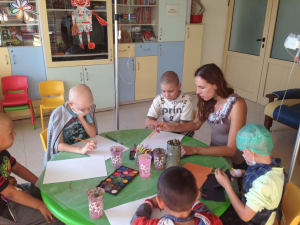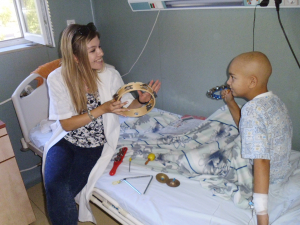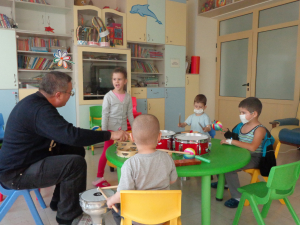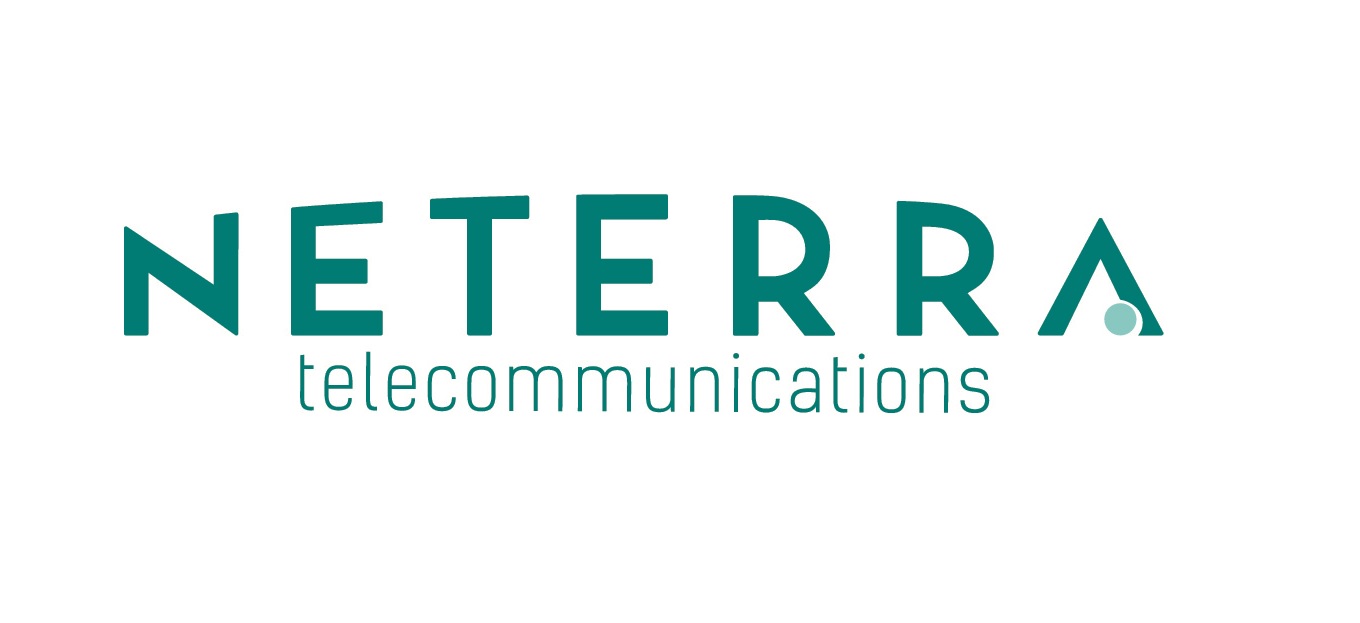
ARTON PROGRAM - The therapeutic power of the group
Creative projects involving group work - general musical performance or group painting, collage, sculpture - are useful in helping to explore and strengthen social...
Painting provides patients with a spontaneous, plastic method of depicting thoughts and experiences. Painting with paints is not as structured as with pencil or pastel and gives patients the opportunity to mix colors and experiment creatively. Paints, especially watercolors, allow children to move more freely and take risks with colors and design. It is taking creative risks that can be the first step towards opening them up in other areas of life. In the sessions of the ARTON Program, children are encouraged by the art therapist to experiment and explore the creation of color palettes, to be bold in mixing colors and looking for new options, which makes the person bold in other initiatives in everyday life, capable of change and new choices in life.
A traumatic experience, such as diagnosis and subsequent treatment, is accompanied by limitations in perceptions in the current situation, as well as individual incapacity. In art-oriented work during the recovery process, there is an emotional experience of acquiring a sense of personal coping and achievement of the child within limited resources. Supporting the manifestation of such an experience depends on the basic methodological skills of the art therapist. It is he who enables the patient, even if he has not yet touched the art and has the feeling that he is not talented, to engage in some kind of creative activity and to get satisfaction through it. In such situations, the therapist is trained to understand the role of limited resources in the separate framework such as the hospital reality, so that patients can achieve peace and beauty.
Creativity moves the patient to create a work or to a kind of ritual game in art. In order to achieve this in the most effective way for the child, we must take into account the level of his skills and find culturally relevant manifestations of art that are most appropriate for the patient according to the thematic situation. By "culturally relevant" events we mean that the child's creativity should be an art form related to his personal cultural environment, specific and always consistent with the art therapist.
Paintings with paints, sculptures and symbolic objects are windows to the sacred, to the world of the fairytale from the children's world. Instead of keeping the fantasy drawing in the drawer, the patient is always encouraged to "maintain" a dialogue with it by hanging it on the wall or on the locker next to his hospital bed. Thus, "connecting" with her every day, he feeds his needs in this difficult stage of his life, gives himself strength and inspiration for new creative performances and victories of all kinds.
In interactive art therapy, we largely focus on the vital affects that come from the different forms of specific art materials - different types of paints such as oil, acrylic, watercolor. The expansion of the experiences from the artistic materials and the different painting techniques according to their type, expands the range of the vital affects that the children experience and their ability to develop sensitivity both to the materials and to their feelings. In this way, introducing children to new areas of experience, we offer them new opportunities to develop through the accumulated experience sensitivity to the creation of representations, symbols, vivid and colorful images and experiences. Thus, the art therapists under the ARTON Program work as mediators of the change in the self-perception of the children, using the arts and the applicable methods of the art therapy.

Creative projects involving group work - general musical performance or group painting, collage, sculpture - are useful in helping to explore and strengthen social...

In the ARTON Program our team of oncopsychologists, art therapists and music therapists develops the process of children's creativity as a process of...

In ARTON sessions, creating a piece of music or a song is an emotional experience of coping and satisfaction for the participating children. They make friends with...

Painting provides patients with a spontaneous, plastic method of depicting thoughts and experiences. Painting with paints is not as structured as with pencil or...










